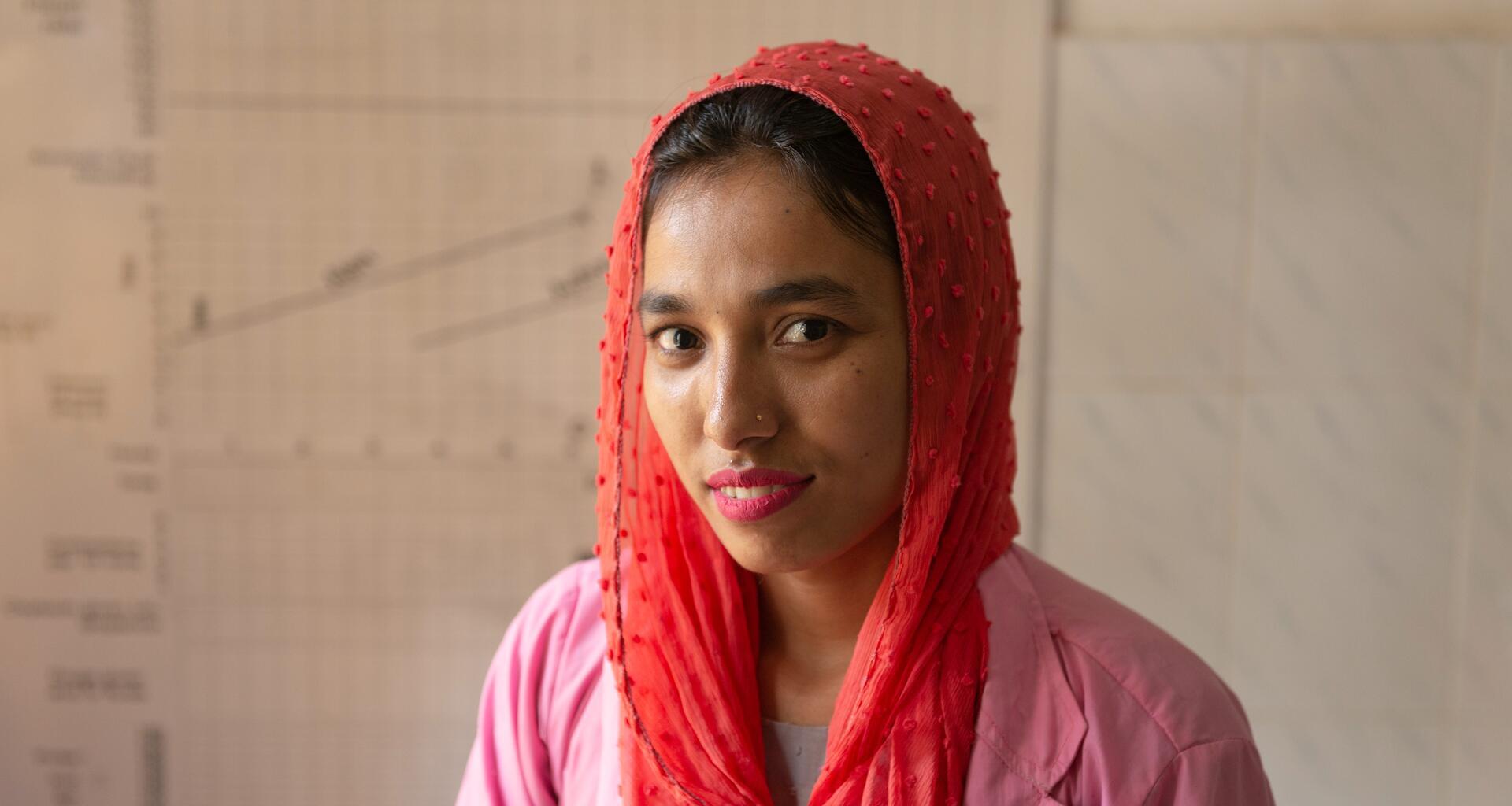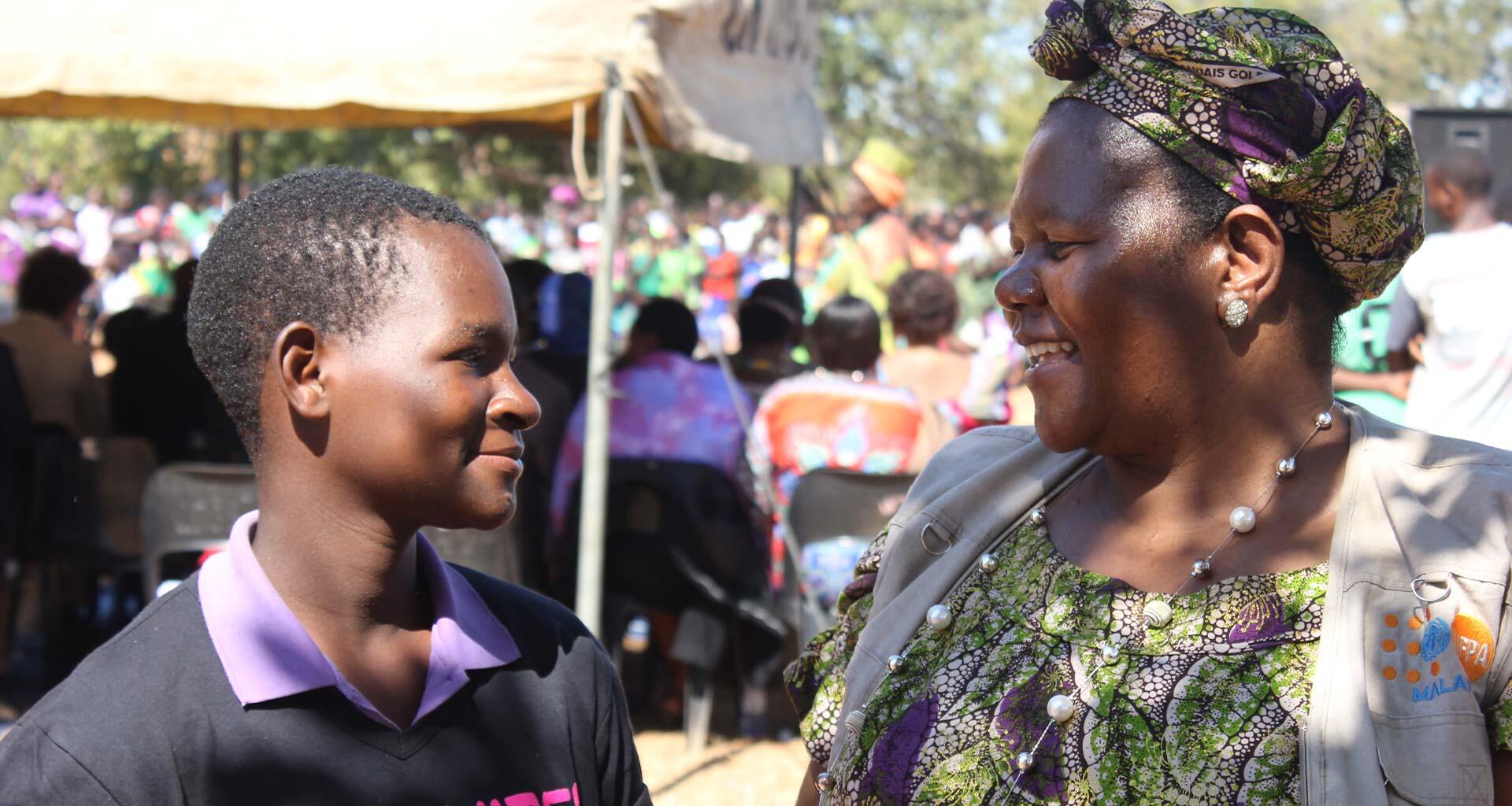Female genital mutilation is a practice that involves altering or injuring the female genitalia for non-medical reasons. Internationally recognized as a human rights violation, it is estimated that some 230 million girls and women globally have undergone some form of female genital mutilation. Although the practice is declining in the majority of countries where it is prevalent, most of these countries are also experiencing a high rate of population growth – meaning that the number of girls who undergo female genital mutilation will continue to grow if the practice continues at current levels.
UNFPA estimates 68 million girls are at risk of undergoing the practice between 2015 and 2030. Protecting girls will take a significant push to eliminate this harmful, often deadly, practice. Coordinated and systematic efforts are needed to end female genital mutilation. This means engaging whole communities and focusing on human rights and gender equality. Additionally, the sexual and reproductive health needs of women and girls who are subjected to the practice and its consequences must be urgently addressed.











